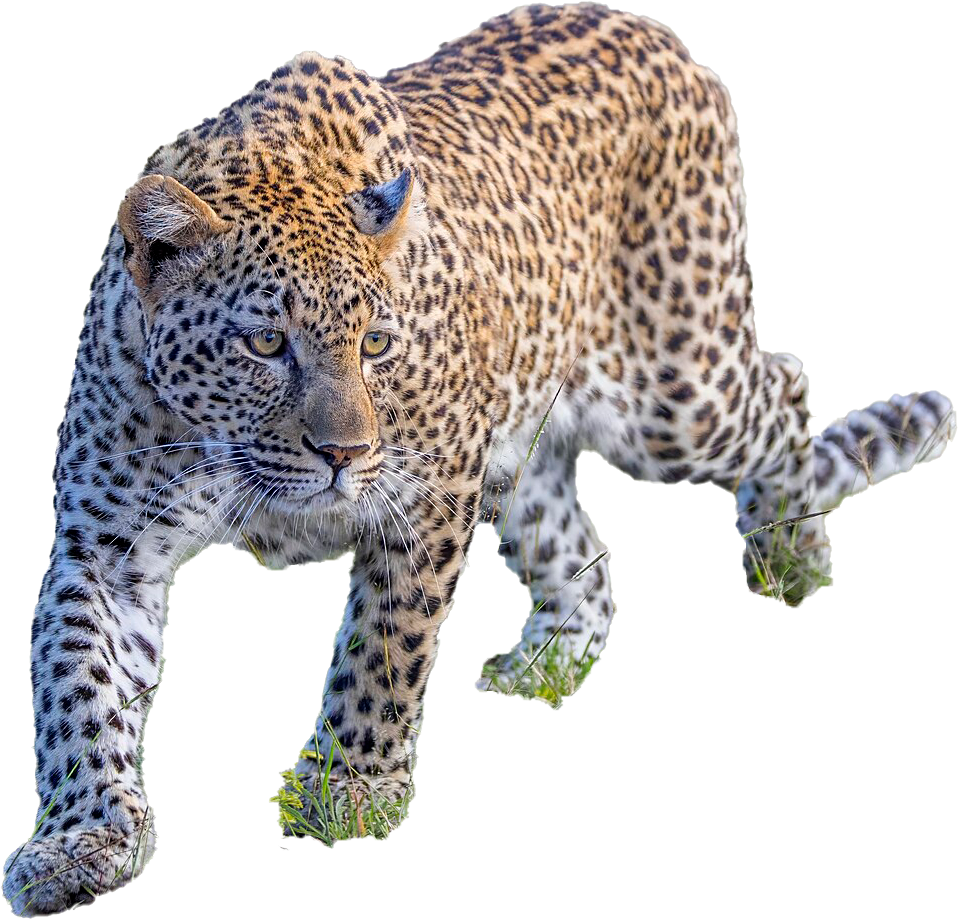
Description:
Coat colour varies from pale yellow to deep gold or tawny, and sometimes black, and is patterned with black rosettes while the head, lower limbs and belly are spotted with solid black. Male leopards are larger, averaging 58 kg (128 lb) with 90 kg (200 lb) being the maximum weight attained by a male. Females weigh about 37.5 kg (83 lb) on average.
Habitat:
The African leopards inhabited a wide range of habitats within Africa, from mountainous forests to grasslands and savannahs, excluding only extremely sandy desert.
Diet:
At least 92 prey species have been documented in leopard scat, including rodents, birds, small and large antelopes, hyraxes(dassies), hares, and arthropods. Leopards often hide large kills in trees, a behavior for which great strength is required. There have been several observations of leopards hoisting carcasses of young giraffes, estimated to weigh up to 125 kg, i.e. 2–3 times the weight of the leopard, up to 5.7 m into trees.
Behavior:
Male leopards and female leopards with cubs were more active at night than solitary females. The highest rates of daytime activity were recorded for leopards using thorn thickets during the wet season, when impala also used them. Leopards are generally most active between sunset and sunrise, and kill more prey at this time.